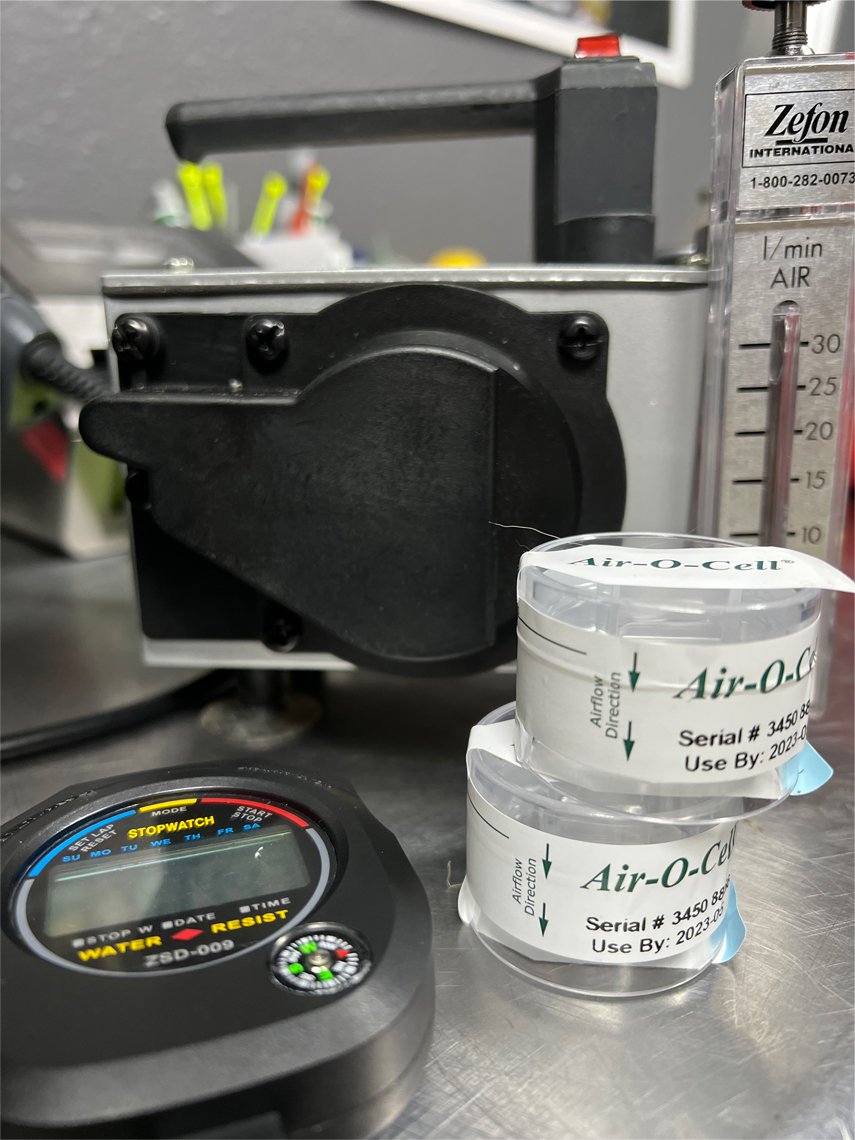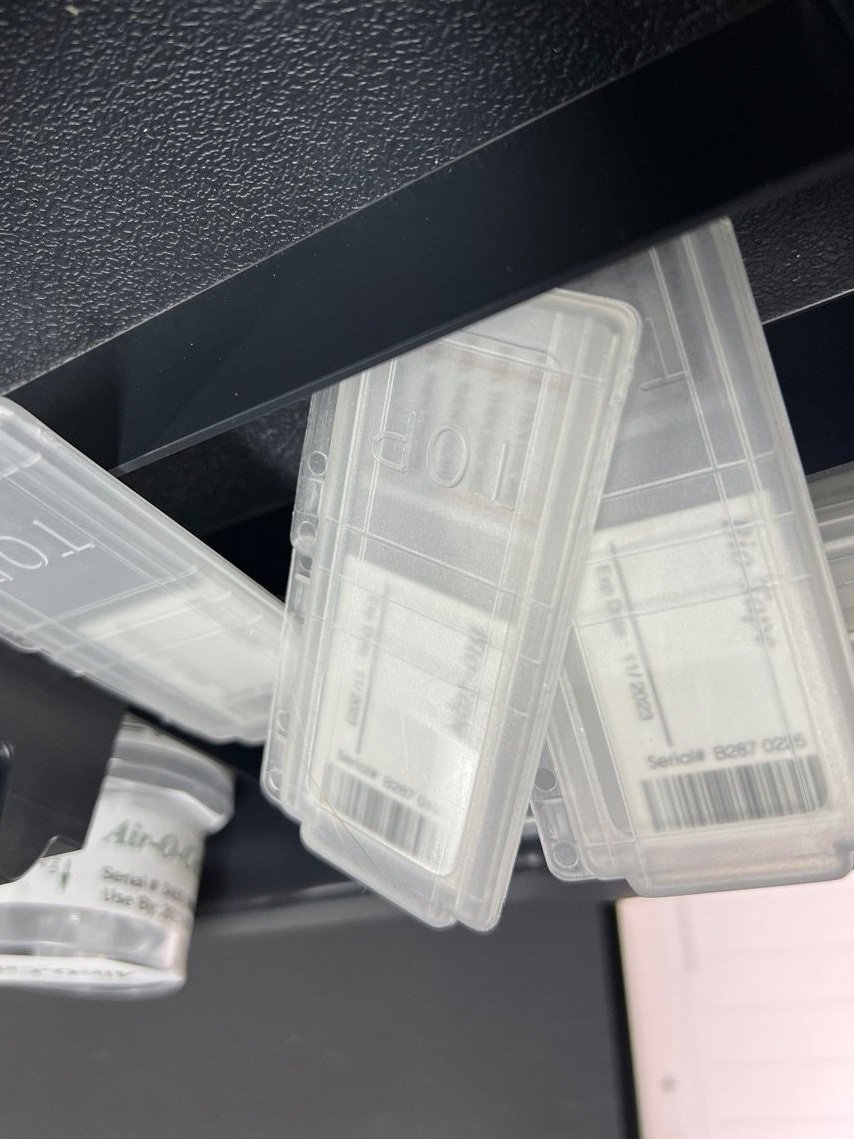
Smell Mold?
See Mold?
Not Sure?
what you should know
Mold Testing and Inspections •
Mold Testing and Inspections •
Indoor pollution sources that release gases or particles into the air are the primary cause of indoor air quality problems in homes. Inadequate ventilation can increase indoor pollutant levels by not having enough outdoor air to dilute emissions from indoor sources and by not carrying indoor air pollutants out of the home. We have accurate testing services that our certified professionals use to help identify mold and the quality of the air in your air at home.
Mold and mildew are different types of fungus.
If you are sensitive to mold and mildew because of asthma or allergies, mold spores in the environment can cause sneezing, coughing, runny nose, and lung irritation.
There are diverse types of molds that can appear black in color, Stachybotrys Chartarum is a greenish-black mold, that is most identified as “black mold.”
Mold Inspection Testing
Mold testing will identify dangerous varieties of fungus that create mold and mildew. Luckily, most mold is not known to be dangerous. Only a few strains are known to produce fungal infections and mycotoxins that can cause harm. The Pacific Northwest is an especially fertile area for different types of mold and mildew. People with respiratory issues such as asthma, or immunocompromised individuals may be more sensitive to mold.
Fungus spores that cause mold and mildew are common in our environment, both indoors and outdoors.
Mold can enter your home through open doorways, windows, vents, and heating and air conditioning systems.
Mold spores in the soil and air outside can also attach to clothing, shoes, and pets and be carried indoors.
Our technicians will take surface samples from your ceilings, walls and carpet, set up air capture equipment taking samples of your indoor air AND outdoor air to compare mold count and identify potential hazards.
AIR SAMPLING TESTING
Non-Invasive Test
20 min per sample
Exterior Air
Interior Air
SURFACE SAMPLING TESTING
Non-Invasive Test
Takes seconds
Interior surfaces with visible signs of mold
We’ll Provide a Complete View of Your Home’s Risk
INTERIOR-WALL CAVITY TESTING
Minimally Invasive Test
30 min per sample
Hidden areas in the home
CARPET SAMPLING TESTING
Non-Invasive Test
20 min per sample
Interior carpets and rugs
MOLD TESTING PROCEDURES
You’ve found visible signs of mold
in your home, now what?
Tape Lift Sampling
A tape lift is a method used to test a specific area for mold. To collect a sample, we press the adhesive side of a piece of tape over the area in question and gently pull it off. Samples collected using the tape lift method are sent into the Microbiological Department for testing. The results provide information on the types and concentrations of mold present on the sample.
Cassette Sampling
Cassette NIOSH 582 Method sampling is used for our indoor Air Quality Test and Carpet Testing for mold. A vacuum powered device draws mold spores into a cassette at a calibrated volume and time to be inspected by an experienced lab technician.
Black Mold
Though there are diverse types of molds that can appear black in color, Stachybotrys chartarum is a greenish-black mold, that is most identified as “black mold.” Mold and mildew are different types of fungus. If you are sensitive to mold and mildew because of asthma or allergies, mold spores in the environment can cause sneezing, coughing, runny nose, and lung irritation. Mold and mildew spores are everywhere, people breathe in spores every day without getting sick because most types of molds and mildew are not dangerous to healthy, adult humans. Certain types of mold spores can cause severe infections in people with compromised immune systems or lung disease, particularly Aspergillus Fumigatus, which can cause Aspergillosis. The types of health problems caused by Aspergillus include allergic reactions, lung infections, and infections in other organs.
Key Mold Statistics
Mold and Black mold can be kept at bay by keeping humidity levels under 50%.
$3.7 billion is the average cost of allergic rhinitis associated with indoor mold and dampness.
Black mold is often categorized as a toxic mold.
Nearly 600,000 children under 5 years old die from air pollution each year.
Slime mold lives in the soil as an amoeba.
30% of new and remodeled buildings are potentially affected by indoor air quality (IAQ) concerns.
Mold forms within 24 to 48 hours after water damage occurs.
It’s estimated that 25% of the world’s crops are afflicted by toxic substances referred to as mycotoxins.










